“In-Car Information Entertainment Systems” (hereinafter referred to as “in-car systems”) establish a connection between people and cars, making travel more diversified. Today, let’s review how in-car systems have developed.
Early In-Car Systems
The earliest in-car system was probably the radio. In 1924, Chevrolet was the first to equip cars with radios, and six years later, Motorola launched the first commercial in-car radio, marking the beginning of the development history of in-car systems.
However, the development of radios was not smooth. A survey report at that time showed that 56% of Americans believed that in-car radios would affect drivers’ safe driving, leading to very serious consequences.
Massachusetts even enacted laws to prepare to eliminate in-car radios in their infancy.
However, with the insistence of manufacturers, more and more cars began to be equipped with in-car radio systems. By 1946, over nine million cars in the United States had in-car radio configurations. By 1963, more than 60% of passenger vehicles had made in-car radios standard equipment.
For decades thereafter, radios dominated in-car systems, and even today, we are still researching how to improve noise reduction technology.
Alongside radios, the first navigation device also appeared. This navigation device called “Iter-Auto” rolled regional paper maps into a small box, and during driving, the map would unfold with the movement and speed of the vehicle, which was quite magical at the time.
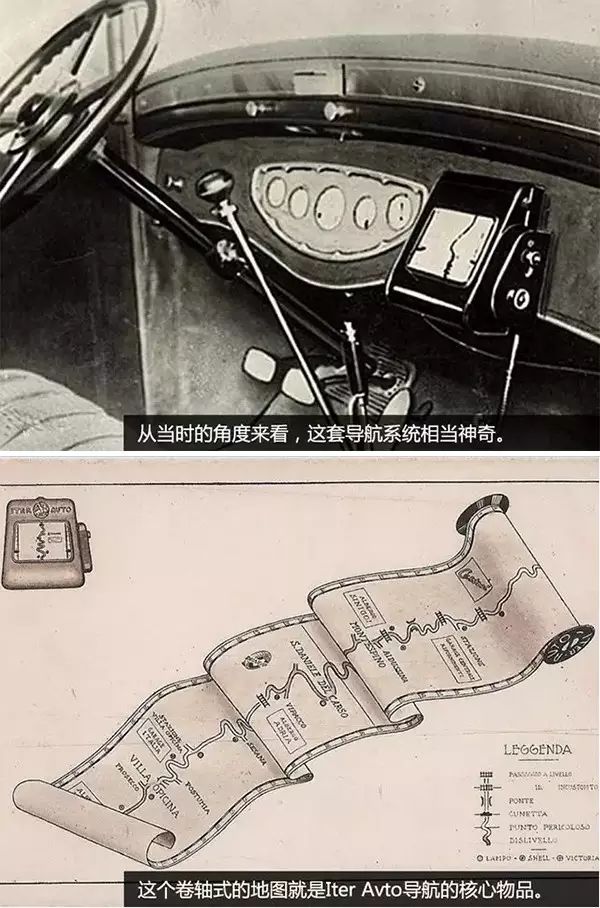
From Cassette Tapes to CD Era
In 1965, Ford and Motorola jointly introduced an 8-track tape player into cars, allowing people to choose songs and content they wanted to listen to without being restricted by radio stations.
Although sound quality was an issue, it still satisfied people’s higher entertainment needs, driving the development of the music industry.
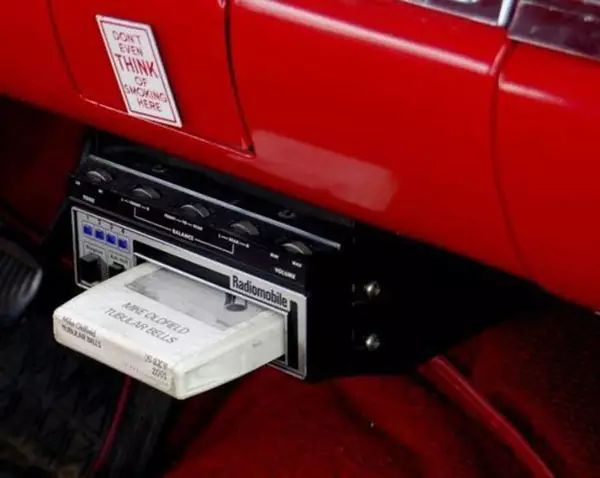
By 1970, cassette radios emerged. They ensured better sound quality than 8-track tape players and dominated in-car systems for the next decade.
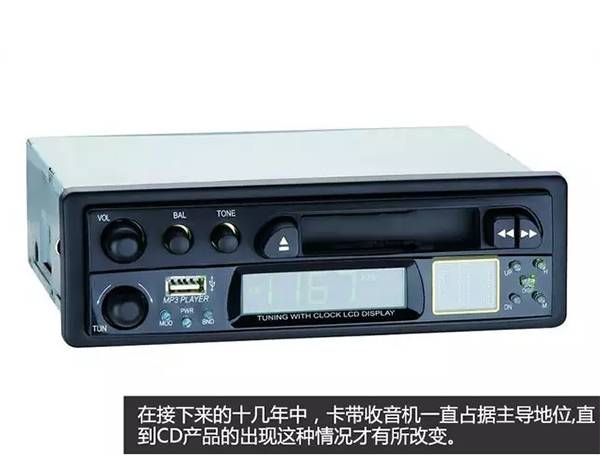
It wasn’t until 1985 that the first car equipped with a CD player was born, and this advanced in-car system quickly “dominated” the center console, making tapes a thing of the past.
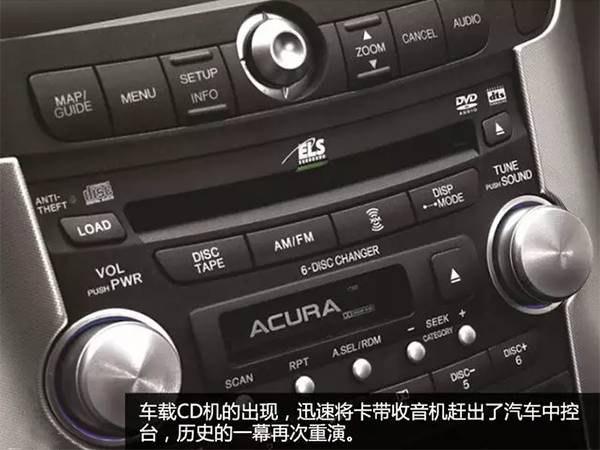
The First Voice Navigation
In the early 1980s, the world’s first in-car voice navigation was born.
This navigation prototype, named Electronic Pilot for Drivers, was launched by Blaupunkt, a company under Bosch, in 1983. Due to technological limitations, this navigation system was quite large and extremely difficult to operate.
When drivers wanted to navigate, they needed to input the coordinates of the starting point and destination on the panel, and once completed, the system would automatically calculate the driving route and inform the driver how to reach the destination through voice prompts.
At that time, there was no satellite positioning, and navigation could only calculate the vehicle’s approximate position based on speed, determining whether the car was on the correct route.
Due to being tape-based, this navigation system could not store much map data, meaning it would not function once the vehicle exited a specific area.Although its symbolic significance outweighed its practical significance, it still pointed a way for the development of in-car voice navigation systems.
With the emergence and maturity of GPS technology, in-car navigation systems also became more sophisticated, improving not only voice functions but also adding positioning capabilities. By 1995, modern navigation networks were taking shape.
Digital Development of In-Car Systems
Entering the 21st century, in-car systems began to develop towards digitization. In 2001, the first-generation iPod was released, basically marking the end of the tape and CD era, although the latter two lingered for several more years.
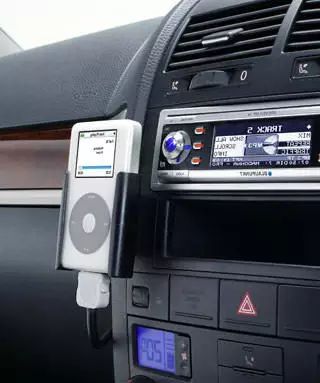
At that time, the capacity of mp3 players was relatively small, and the iPod’s capacity of up to 5GB was extremely attractive to car manufacturers. Car manufacturers collaborated with Apple to launch integrated solutions for iPod, and by 2006, many new cars began to be equipped with dedicated iPod interfaces.
Today’s In-Car Systems
In recent years, the emergence of car central screens has changed everything. From small sizes to Tesla’s 17-inch vertical touch screens, most functions of in-car systems are integrated.
Moreover, depending on different needs, various in-car electronic products are available. There are in-car navigation systems focused on navigation yet also providing entertainment, as well as in-car multimedia entertainment devices dedicated solely to entertainment.
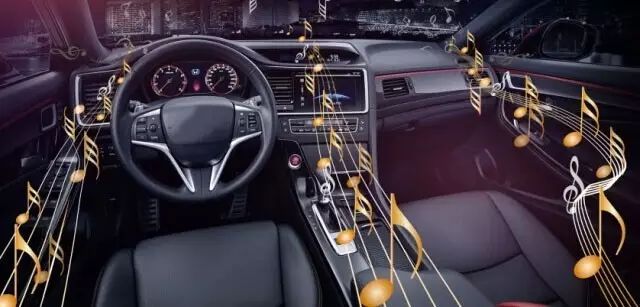
Structural components have also begun to change. Physical buttons are gradually disappearing, resistive screens are gradually replacing capacitive screens, and novel technologies like head-up displays are being applied in high-end cars, which will soon extend to ordinary cars.

Counting from the initial radio to today’s internet, it has only taken a century.User consumption demands have spurred innovative services, and in the future, in-car systems will continue to evolve, with the connection between people and cars becoming increasingly close.

Simavoice, accompanying you all the way

